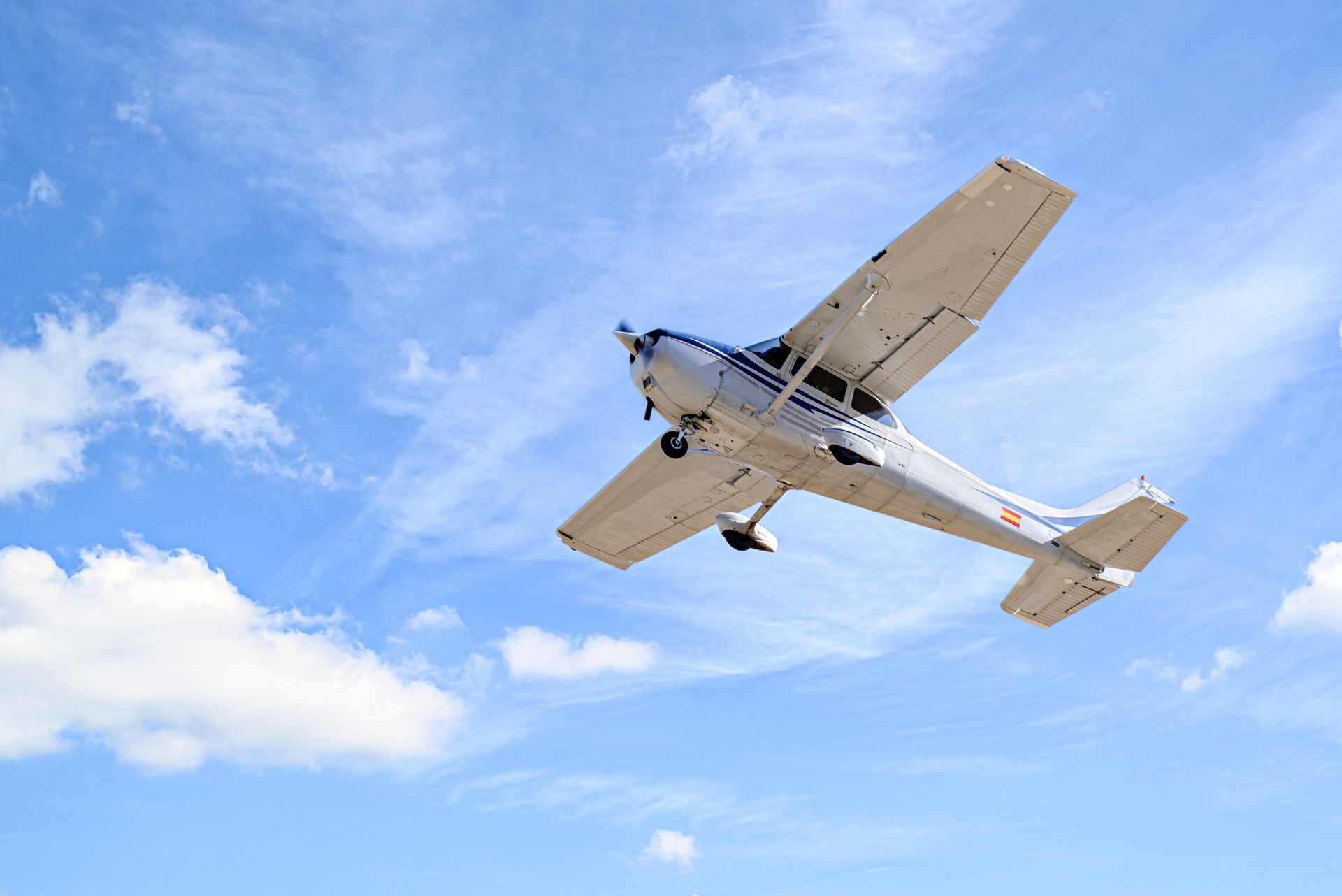Share this Article:
When you’re going on a trip, even a business trip, there’s a bit of excitement in the air. Your passengers are going somewhere different, maybe someplace new, and it’s certainly a break from the usual routine. They probably aren’t thinking about safety. As a pilot, though, it’s crucial. As a refresher, here are some pre-flight safety tips: 5 things to remember.
Check the Weather, NOTAMs, and TFRs
Checking the weather with an official briefing is a vital part of the pre-flight safety routine. You don’t want any surprises here. You can either call 1-800-WX-BRIEF or go to DUATS online to learn about the weather along your flight path and any potential for adverse conditions.
Be sure to talk to Air Traffic Control (ATC) for a briefing on NOATMs (Notice to Airmen) regarding potential hazards along your flight route and TFRs (Temporary Flight Restriction). TFRs can be put in place due to hazardous conditions, a special event, or a general warning for the entire FAA airspace.
Check the Logbooks
Checking the logbooks is required every time you fly. You are not considered airworthy until they have been signed off, and as the Pilot In Command (PIC) that is your responsibility. Even if the aircraft has been recently inspected, this is still a requirement.
Calculate Your Weight and Balance, Fuel Allocation
Calculating the weight and balance is the required process of finding the aircraft’s center of gravity. This process is essential because the center of gravity’s location will affect the performance of the aircraft, and if outside acceptable limits, the aircraft could become uncontrollable.
Calculating the fuel allocation for the flight will ensure you don’t run out of fuel mid-flight. Look up the fuel consumption for your aircraft in gallons per hour and multiply by the duration (hours) of the flight. This will tell you how much fuel you need, or if you are flying a long distance, where you need to land and refuel.
Be Familiar with the Entire Flight
Make sure that before take-off you have become familiar with the airspace, airports, and frequencies along the route for your flight. Also, have a backup plan in case you need to take a break, if there is an emergency while in flight, or for any unexpected weather conditions.
Perform a Pre Flight Safety Check
No matter how familiar you are with an aircraft, how inconvenient a pre-flight check is, or how demanding your workload is, don’t fail to perform a pre-flight check. According to the Aircraft Owners and Pilots Association (AOPA), records show that those pilots involved in accidents often fail to use a pre-flight checklist.
AOPA states, “Many a pilot has avoided embarrassment, not to mention a possible accident, because he or she used the written checklist properly.”
Their checklist is segmented into before-takeoff, final items, before-landing, and a second final items segment. It includes items such as flight controls—free and correct, instruments and radios—checked and set, seat belts/shoulder harnesses—fastened, and doors and windows—locked, among many others. The complete checklist can be found here.
For Flight Instruction, Contact us Today
Contact J.A. Air today to find out more about how you can get professional flight training utilizing the King School online curriculum for the Private, Instrument, Commercial and Multi programs. All of our ground and flight training is done one-on-one with your instructor. We tailor our flight training programs to your specific needs and schedule.




